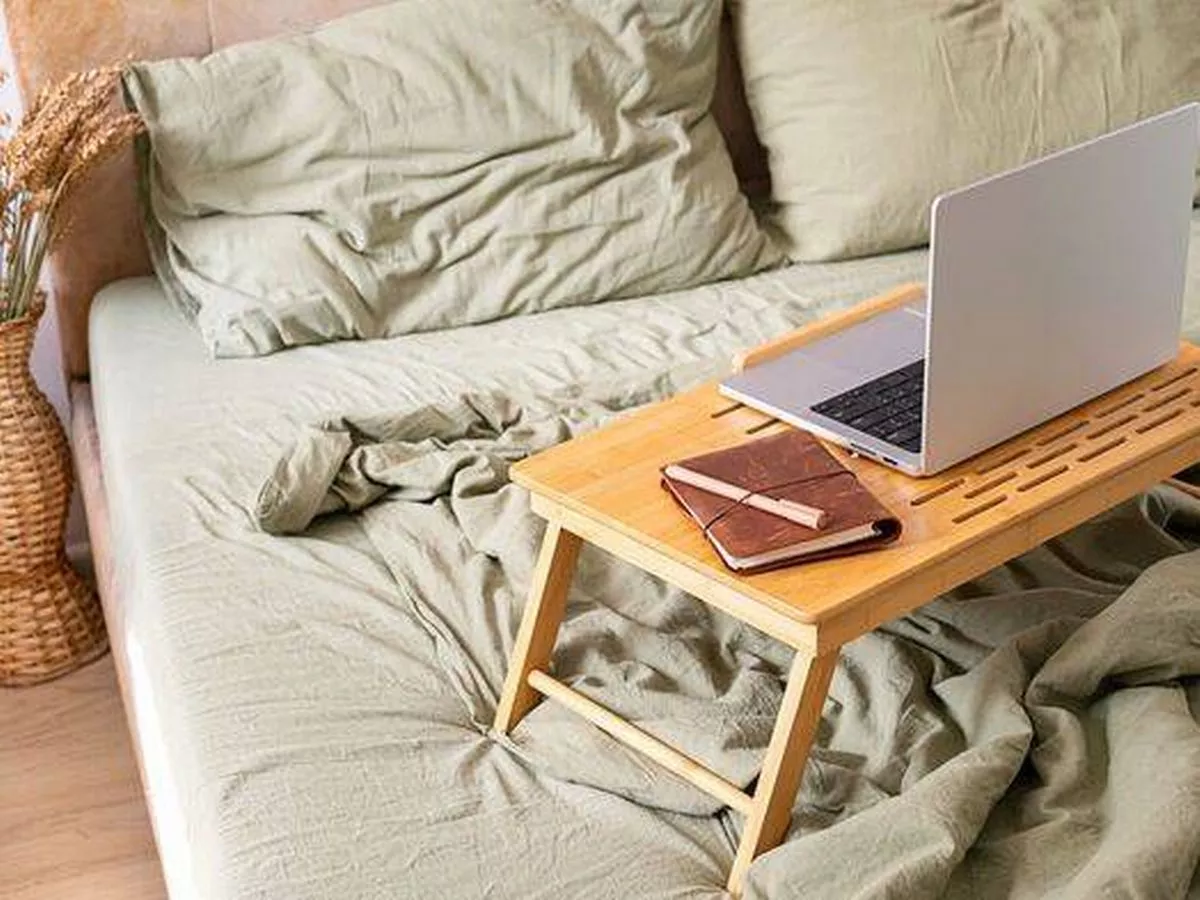Copyright mirror

The clocks have just gone back, but if you're finding yourself feeling knackered upon waking, it might not be the time change that's to blame. If getting out of bed feels like a chore and you're not feeling rejuvenated after a night's sleep, your interior design could be at fault. Dr Deborah Lee, health and sleep expert from Doctor Fox, in collaboration with Comfybedss, has revealed some common interior design choices in British homes that could actually be sabotaging your sleep. Factors such as inappropriate colours, cluttered spaces or even the fabric of your headboard could all be wreaking havoc on your beauty sleep, reports the Express . One of the most prevalent interior design trends this season is colour saturation. Opting to drench your bedroom in moody, dark colour schemes from floor to ceiling can disrupt your sleep. Dr Lee stated: "While a darker palette can feel cocooning, overly saturated, low-reflectance schemes can make evening lighting even harsher, pushing people to use brighter lamps and screens to compensate, which is what we want to avoid." "Keep deep tones on one or two surfaces and balance with warm-white, low-glare layered lighting, and choose matte finishes to reduce harsh reflections." Another fashionable design choice that could be causing issues relates to lighting. Bare, exposed bulbs are a popular pick for their contemporary and industrial aesthetic, but they could spell trouble for your beauty sleep. Dr Lee explained: "Bare filament pendants and sculptural shades look great on social media, but often emit cooler, high-intensity light that suppresses melatonin in the hour before bed. "Instead, use 2700K or below warm bulbs at night and fit dimmers. Aim light downwards or onto walls which will avoid direct eye-level glare from the bed." The materials you choose for your bedroom can also create problems. While items such as Bouclé headboards and chairs, thick wool rugs and layered drapes may appear stunning, they also collect dust and grime. This dust can aggravate your airways and disrupt sleep. She explained: "Opt for removable, washable covers, low-pile rugs and lined curtains. Also ensure that you vacuum and launder textiles weekly, and consider a HEPA purifier if allergies flare." Following the COVID-19 pandemic, employment has become more adaptable and numerous individuals now work from home. Nevertheless, if your bedroom doubles as your workspace, it can make achieving quality rest challenging. Dr Lee explained: "Integrated desks and open clothing rails look airy, but work cues and visible to-do lists trigger wakefulness and stress hormones. Keep your office away from the bedroom and physically separate work from sleep. "Use a screen, closed-door wardrobe or cabinet for laptops and paperwork. If space is tight, pack work items away an hour before bed." Her final piece of advice is to disregard the maximalist trend in your bedroom. Gallery walls, heaps of cushions and blankets, and trinkets can be appealing but the clutter can cause your brain to focus on the wrong things. Instead, aim to keep your bedrooms free from clutter and bold patterns. Dr Lee said: "Bedrooms should be recovery rooms, treated as a sanctuary to give ourselves a better quality of sleep, not showrooms. Aesthetics, of course, matter, and you want an environment that you enjoy walking into, but when design choices fight your circadian rhythm, your sleep will take a hit."



